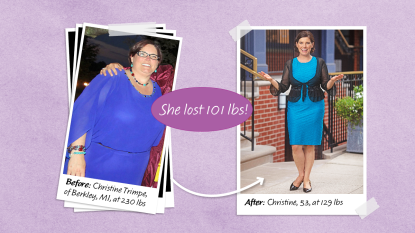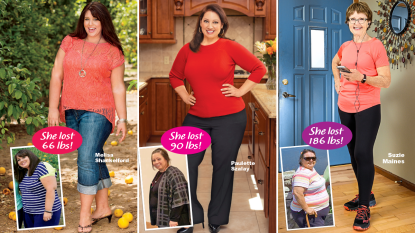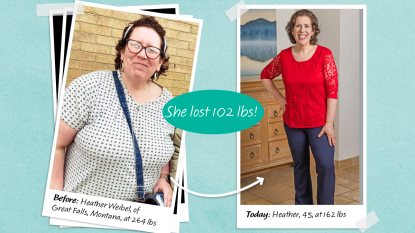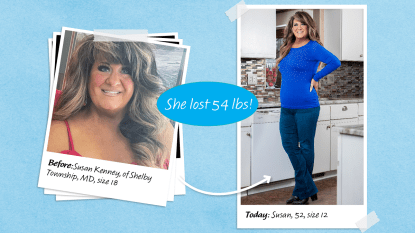This May Be the Simple Reason You’re Not Losing Weight on the Keto Diet — Here’s How to Fix It
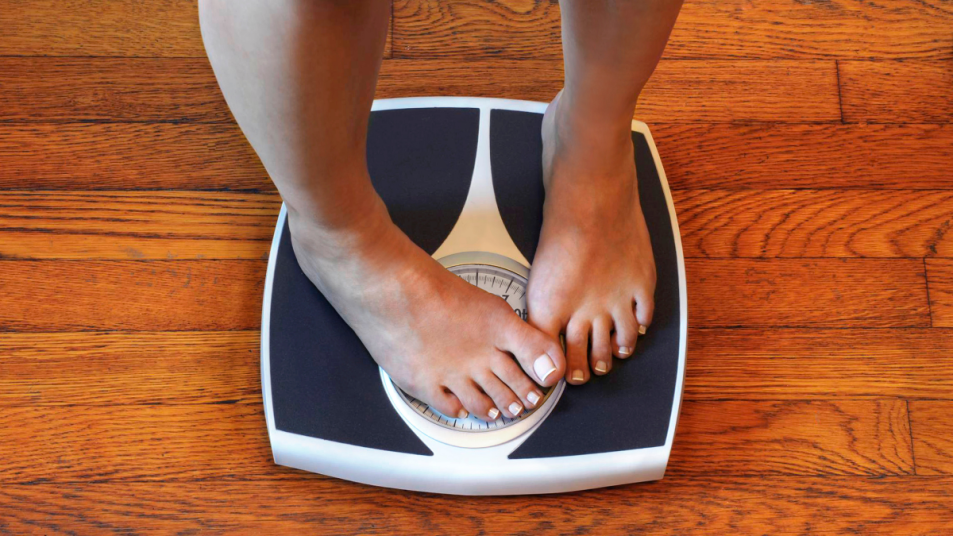
Losing weight can feel like a rigged race. From the start, men have an early lead, dropping pounds quickly, while we — working just as hard — lag behind. It’s annoying, and it’s incredibly common, says Harvard-trained ob/gyn Sara Gottfried, MD, who sees countless “keto refugees” walk into her office saying the keto diet didn’t work for them like it had for their male friends. In fact, experts report that 75 percent of women over 45 don’t see success on classic keto. Dr. Gottfried felt this frustration herself when she tried a keto diet to combat perimenopausal weight gain and prediabetes. That’s when she too experienced this so-called “keto paradox.”
“Too many diet plans don’t work because they were designed by men for men and not for women’s complex hormonal needs,” explains Dr. Gottfried, who points out that classic keto has been widely studied mostly on males. “When losing weight, men have what’s known as the ‘testosterone advantage.’” Men produce 10 times more testosterone than women, which helps build muscle and burn calories. And since eating protein (abundant on keto) raises testosterone, they have a double advantage. In fact, one study found that men can lose 14 times more weight than women while dieting and exercising.
While women can’t magically increase testosterone tenfold, we can boost levels of a similar slimmer: Human growth hormone (HGH), says Dr. Gottfried. When you’re a kid, this multitasking hormone makes you grow taller; when you’re an adult, it makes you lean by burning fat. No wonder she says, “Boosting HGH is central to weight loss and key to making keto work for women.”
Growth hormone declines as we age, dropping 50 percent between ages 30 and 50, and stress worsens the decline. “Growth hormone is a crucial component of the switch the body makes from burning glucose to burning fat,” says Dr. Gottfried. But the switch gets stuck in the ‘store fat’ position when the body perceives too much stress.” Weight piles on, especially in the belly, Dr. Gottfried says. Thinning lips, loss of hand strength, and anxiety are also common.
“Growth hormone drops so exponentially in middle age, it makes women feel frail, sluggish and foggy,” she says. Another rub: Women tend to make most of their growth hormone during sleep, a challenge since we’re more than twice as likely as men to suffer from insomnia after age 50.
To overcome these hormone hurdles, Dr. Gottfried created a female-friendly keto plan that increases growth hormone levels to speed slimming. Through her research, she realized women do better when they cycle on and off keto, avoiding fat-packing stress hormone flares that can occur under long-term carb restrictions. Her start-and-stop plan calls for 28-day “keto pulses” in which you stick to low-carb fare and practice intermittent fasting, which has been shown to boost HGH by 1,300 percent, then add carbs for a week or two.
Lifting growth hormone levels helped postmenopausal women reduce belly fat by 35 percent, report researchers in Asia. And one of Dr. Gottfried’s test cases cheers, “I lost my entire belly! Four inches just vanished!” Dr. Gottfried herself dropped 20 pounds and reversed prediabetes.
Taking breaks to eat more carbs boosts growth-hormone production and wards off “restriction fatigue,” where women feel so deprived, they fall off the wagon. “If women stay on keto too long, their system may become overly acidic, forcing the body to hold on to fat stores,” cautions Anna Cabeca, DO, author of Keto Green 16. “By keeping your metabolism flexible with frequent changes, you’ll start dropping weight like crazy.”
Plus, slimming is just the beginning: Women notice improvements in sleep, mood, and memory. “In my patients, I see symptoms improve by 80 percent in about two weeks,” says Dr. Cabeca. “There’s nothing I can do with a prescription pad or a surgical knife that’s going to give me those results!”
This article originally appeared in our print magazine.






